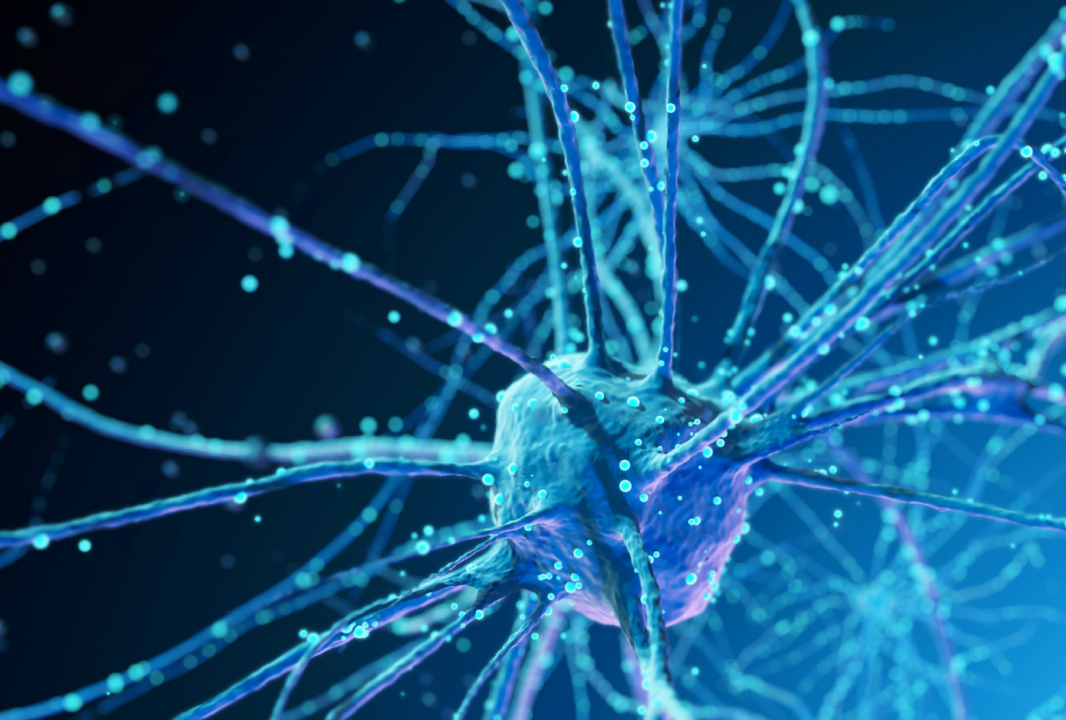Authored by Guidemark Health, now part of Lumanity
“…physicians call this disease rare… it’s rare unless you have it, then it occupies your every thought”
37-year-old female living with ALK+ NSCLC
I often find myself cringing when I use the industry-accepted word “rare” to describe a condition or disease. As a patient advocate, I find this term to be insensitive, misleading, and at times even a little cruel. The term was adopted from older medical textbooks and was meant to help aspiring physicians understand the frequency of a disease in relation to other more widely known diseases, rather than dismiss its importance. That said, the term is a bit harsh for patients to accept as the quote above communicates the true sentiment of what it’s like to live with a rare, often deadly disease.
While certainly not the intention, the individual and family receiving a diagnosis and being confronted with the term “rare” can also hear “easily forgotten” and “not a priority” in terms of research and advocacy. The reality is completely opposite, as research dollars and effort against solving complex, serious, and infrequently seen diseases continues to accelerate.
Personally, there are a few key drivers that have inspired me to work within rare disease. First, the need to address unmet medical need. Often there is no playbook or established pathway for diagnosing and treating these diseases. For physicians who are trained to be focused and precise, this must be unnerving.
Next is the spirit of true innovation and collaboration, meaning groundbreaking science with the potential to save or improve lives. Especially for rare disease, novel therapeutics hold the promise of changing the course of a disease, versus accepting the terms of the disease. Because many of these diseases have a genetically based origin, the scientific platforms tend to be complex. Consequently, the knowledge and expertise needed to solve these complex diseases calls for a diverse group of scientists and specialists.
Lastly, I am driven by the profound sense of urgency. Often, the patient journey is fraught with years of misdiagnosis and frustration. Helping grow and escalate the voice of these communities is inspiring and important work.
Having spent much of my career deeply involved in rare disease, I’ve found some general commonalities that have helped me better understand the patient perspective.
First, patients are people before they receive a diagnosis. While a specific diagnosis may change their life journey, they are still people first. They have an incredible desire to connect with other people going through a similar struggle and they want physicians and advocates to be inclusive and speak with them, not at them. It is important to keep in mind that many of them go years without having a proper, fully formed diagnosis. This is both physically and mentally exhausting – so, even when the diagnosis is a serious one, there can be immense relief in finally arriving at an answer. That said, for many who face a long journey to diagnosis, the clock has been ticking. This can exacerbate sensitivity around communicating any facts such as life expectancy.
In terms of treatment options, no assumptions should be made. Not everyone will want treatment and treatment decisions are highly individualized. Especially when children are impacted, treatment decisions become even more complicated given the emotional weight of responsibility on the guardian. Rather than make any assumptions, it is important to ask questions and listen. I’m always surprised at what I learn by taking the time to listen.
As scientific research and medical advances have evolved at neck-break speed, the terminology has not. I’ve given a great deal of thought to finding a new, better way to describe these infrequent, serious diseases. A new term like “genetically complex diseases” might be too limiting. Perhaps we need to be more descriptive with something like “rare diseases of urgent need” because if I’ve learned anything, we need to build a sense of urgency into the lexicon.










